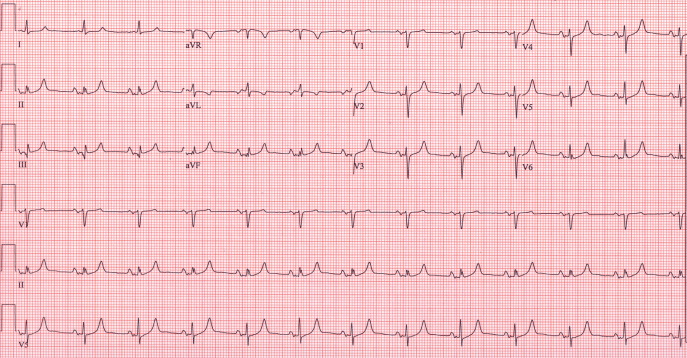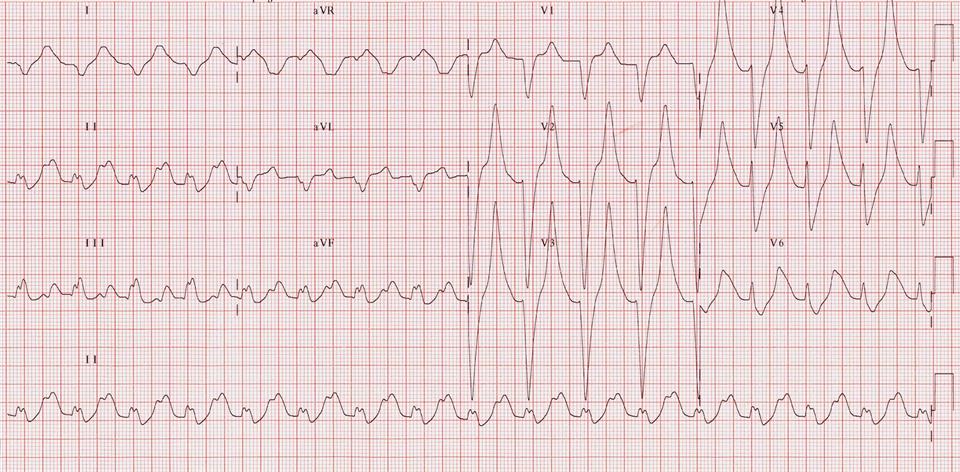

12-lead ECG: to identify ECG changes which suggest cardiotoxicity.A venous blood gas can be used to rapidly confirm hyperkalaemia. The first consideration is whether this could be pseudohyperkalaemia (e.g. Serum potassium is reported as part of urea & electrolytes (U&Es). Bradycardia secondary to hyperkalaemia-induced atrioventricular block.In most cases, there are no obvious clinical signs of hyperkalaemia.

Patients may sometimes experience palpitations, chest pain or shortness of breath. Symptoms of hyperkalaemia are typically vague and include general weakness and fatigue. If there are concerns about pseudohyperkalaemia, a sample should be urgently repeated to check the validity of the result. Blood sample being taken from a limb receiving IV fluids containing potassium.prolonged tourniquet time, prolonged sample transport time, use of incorrect blood bottles) Pseudohyperkalaemia can occur for a wide variety of reasons, including:

In Addison’s disease, the adrenal glands cannot produce adequate aldosterone levels, which results in reduced renal excretion of potassium. Addison’s diseaseĪldosterone promotes the excretion of potassium by the kidneys. In diabetic ketoacidosis (DKA), potassium shifts from the intracellular to the extracellular space due to a lack of insulin, resulting in hyperkalaemia. Tissue damage sustained secondary to trauma or burns results in the release of significant volumes of potassium from damaged cells. Intravenous fluids containing potassium also have the potential to cause hyperkalaemia when prescribed inappropriately.īlood transfusion is another potential cause of hyperkalaemia.


 0 kommentar(er)
0 kommentar(er)
